white woolies
ponyexpress_1
10 years ago
Related Stories

MOST POPULARMust-Try Color Combo: White With Warm Off-White
Avoid going too traditional and too clean by introducing an off-white palette that brings a touch of warmth and elegance
Full Story
COLORNature’s Color Wisdom: Lessons on White From the Great Outdoors
Blizzard fierce or butter soft, white can highlight shapes, unify a room and perform miracles on the cheap
Full Story
DECORATING GUIDESDecorating 101: How to Use White Right
If you’ve ever been in white-paint-swatch limbo, you know white can be tricky to work with. Here’s how to get the fresh look you’re after
Full Story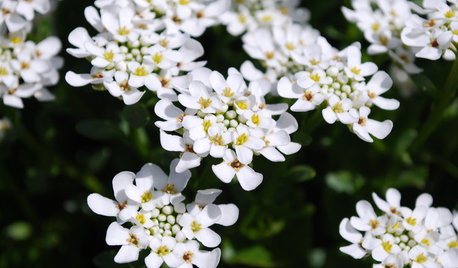
GROUND COVERSGreat Design Plant: Evergreen Candytuft for Glossy Winter Foliage
Keep your garden green through frosty days with this woody subshrub — then delight in sparkling white flowers come spring
Full Story
CALIFORNIA NATIVE PLANTSGreat Design Plant: Asclepias Is Attractive to Monarch Butterflies
Increase monarch butterfly populations in California by planting stunning native milkweeds
Full Story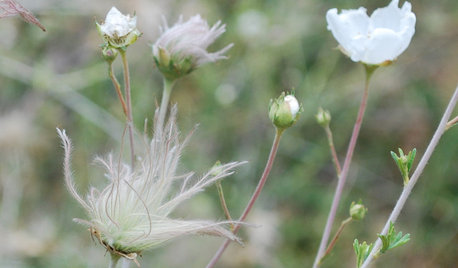
GARDENING GUIDESGreat Design Plant: Apache Plume
Tantalizingly tangled and with snowy flowers always in bloom, this native shrub brings bewitching wildness to the garden
Full Story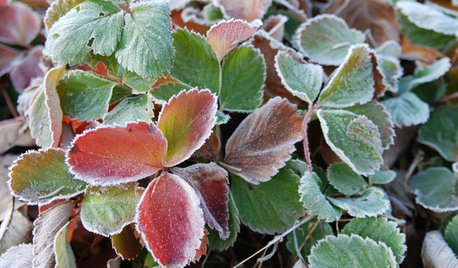
GARDENING GUIDESGreat Design Plant: Strawberries for All Seasons
An edible carpet? It's possible with a mass planting of this tough ground cover
Full Story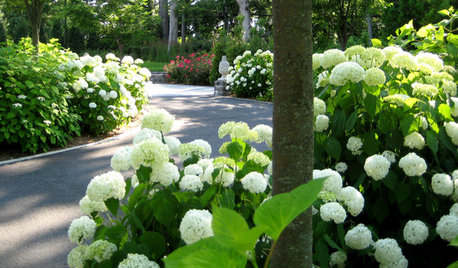
GARDENING AND LANDSCAPINGThe 3 Ingredients of a Magical Night Garden
Conjure an enchanting scene with luminous plants and lighting that evokes just the right level of landscape mystery
Full Story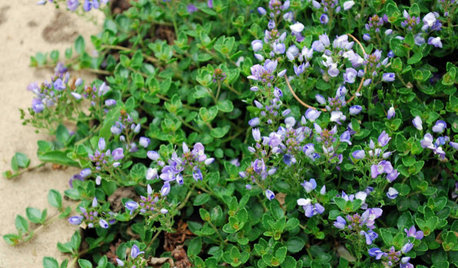
GARDENING GUIDESGreat Design Plant: Veronica
Consider adaptable Veronica, or speedwell, for its colorful blooms, butterfly-drawing power and low maintenance requirements
Full Story
HOUSEPLANTSHow to Add a Living Wall
Learn how to choose systems and plants, and what it will cost to bring a bit of the outdoors in or green up a garden wall
Full Story





Tiffany, purpleinopp Z8b Opp, AL
brandon7 TN_zone7
Related Professionals
70037 Landscape Architects & Landscape Designers · Franconia Landscape Architects & Landscape Designers · Glen Ellyn Landscape Architects & Landscape Designers · Tomball Landscape Architects & Landscape Designers · Sahuarita Landscape Architects & Landscape Designers · Allentown Landscape Contractors · Edmond Landscape Contractors · Milford Landscape Contractors · Pottstown Landscape Contractors · Annandale Landscape Contractors · Barrington Landscape Contractors · El Segundo Landscape Contractors · Lake Saint Louis Landscape Contractors · Milton Landscape Contractors · Palos Hills Landscape Contractorsponyexpress_1Original Author
Tiffany, purpleinopp Z8b Opp, AL
brandon7 TN_zone7